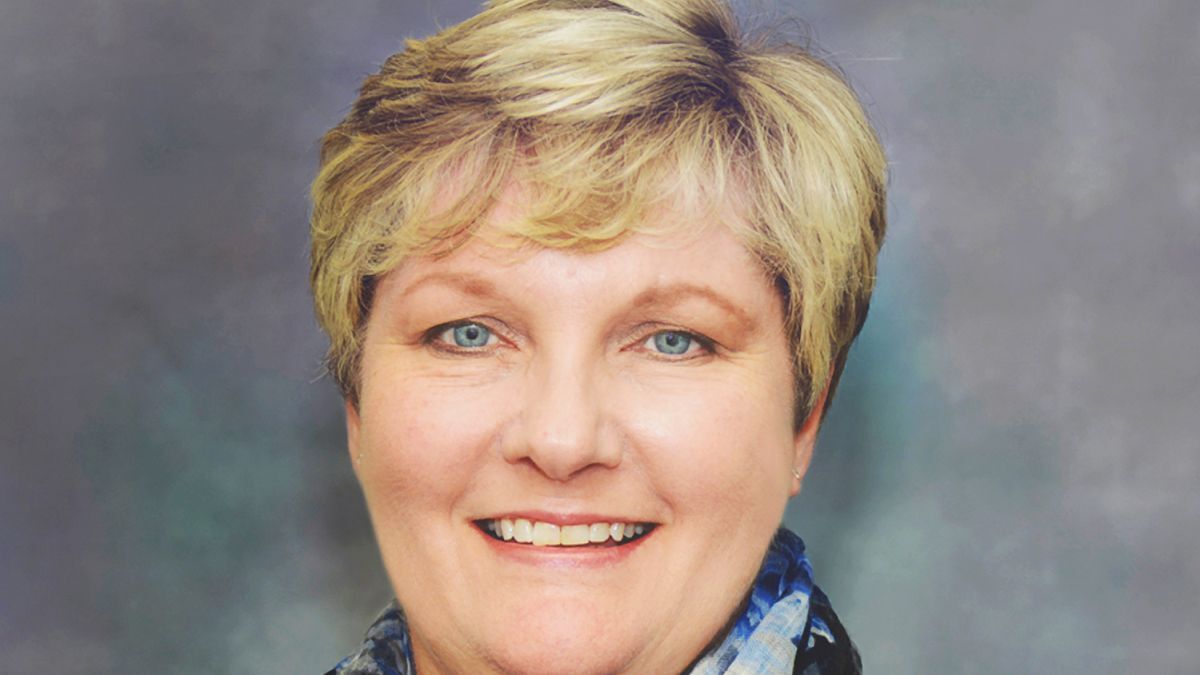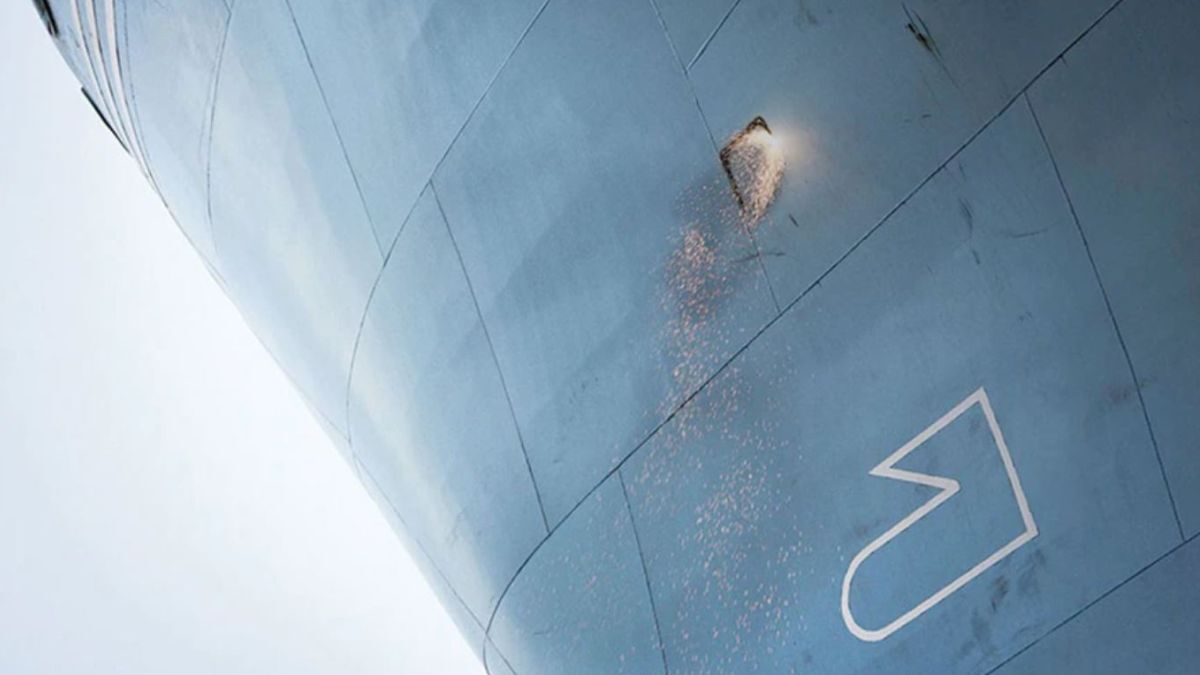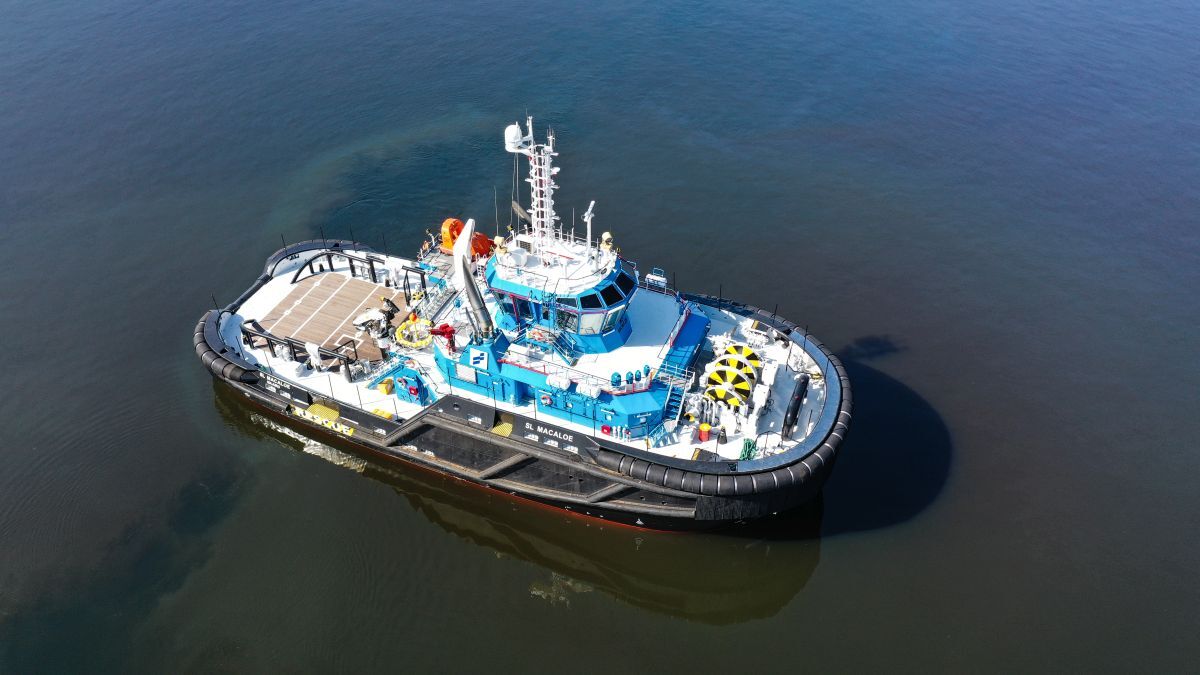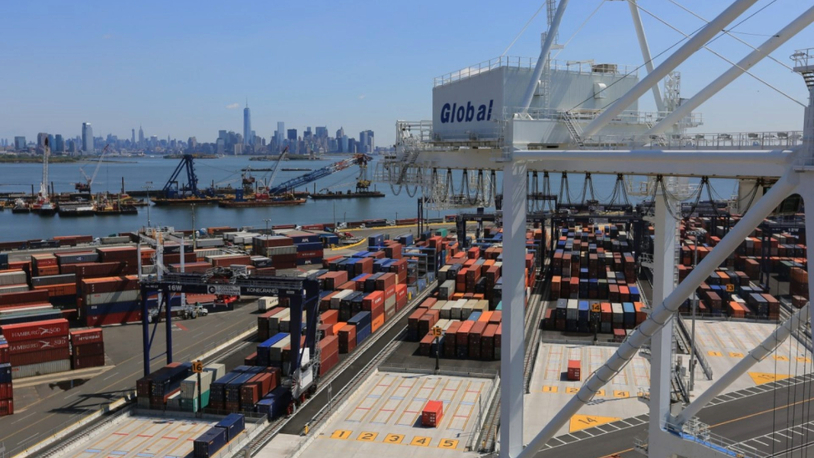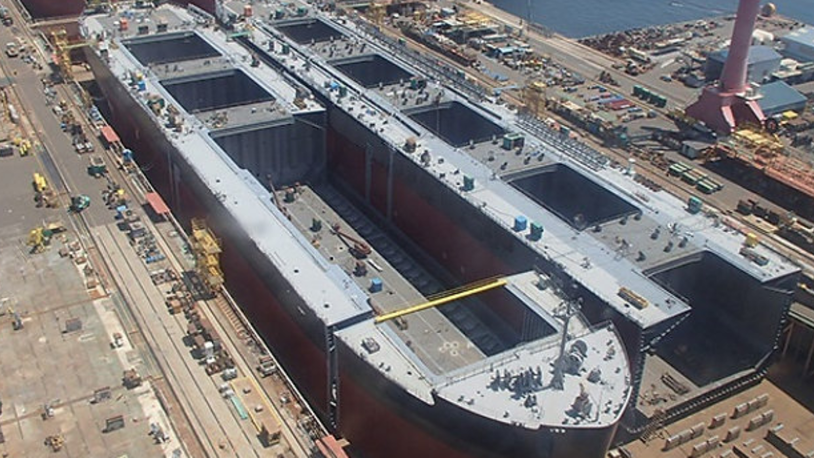Business Sectors
Events
Contents
Register to read more articles.
Navigating the regulatory uncertainty of ballast water compliance in North America
Industry experts discuss regulatory challenges and solutions in ballast water management in North America
The ballast water management landscape in North America remains fraught with complexities and uncertainties. This issue was the focal point of a webinar* featuring industry experts Chamber of Marine Commerce senior director of regulatory and environmental affairs Paul Topping, Lake Carriers’ Association director of environmental and regulatory affairs Debra DiCianna and Monstrant Viam chief executive William Burroughs.
Under the 2018 US Vessel Incidental Discharge Act (VIDA), the Environmental Protection Agency (EPA) was mandated to propose new standards for the US Coast Guard (USCG) to adopt and enforce. However, the EPA’s recent policy letter has stirred the industry by proposing the USCG continue using existing standards, extending the uncertainty for ship operators.
Ms DiCianna highlighted the challenges specific to the Great Lakes region. "Since 2008, no new invasive species have entered the Great Lakes, thanks to the stringent measures taken by oceangoing vessels. However, compliance with varying national regulations remains a significant hurdle," she noted.
Ms DiCianna pointed out the inconsistencies between US and Canadian regulations, particularly the Canadian requirement for ballast water management systems (BWMS) even if vessels only uptake ballast water in Canadian waters. "This requirement places an undue burden on US-flagged Lakers that infrequently operate in Canadian waters," she added.
Mr Topping noted the operational challenges faced by Canadian shipowners. "No systems work consistently in the Great Lakes due to extreme conditions such as fresh water with low salinity, cold temperatures, and variable dissolved solids," he explained. These conditions make it difficult for BWMS to function effectively, impacting the operations and schedules of vessels. Mr Topping called for a more unified approach between US and Canadian regulators to harmonise regulations and reduce operational disruptions.
Mr Burroughs introduced an innovative perspective on ballast water management. "The current regulatory disunity creates complexities and uncertainties, making compliance a significant challenge for shipowners," he stated. He advocated for port-based ballast water treatment systems as a viable alternative to onboard systems, especially in the Great Lakes. "Port-based systems can offer compliant discharges without the operational constraints faced by onboard systems," he argued, though acknowledging the logistical challenges of implementing such systems.
During the webinar, a series of questions were posed to the panellists, prompting detailed discussions on various facets of ballast water management.
What do you think about chemical testing and TRO test kit applications in these areas?
Mr Topping responded, "The bulk of our vessels are using UV systems, so we do not really bother with chemical testing. One of the big factors was the concern about the regulation of ballast water down the road from the various state and potentially Canadian regulators, particularly in the Great Lakes, which is drinking water for 40M people."
Ms DiCianna added, "Chemical testing and TRO test kits can be quite challenging due to the variability in water conditions. The focus should be on developing rapid indicator assessment tools that can test for residuals and provide quick, reliable data on the efficacy of treatment systems."
Could you discuss the challenges when it comes to systems becoming obsolete or unsupported, and what options do owners have if this occurs?
Ms DiCianna noted, "This is a big issue the Coast Guard is aware of. There are already at least two types of ballast water management systems that are no longer on the market. Moving forward with VIDA, the Coast Guard has a lot of work to do in dealing with testing and how to manage systems becoming obsolete."
Mr Burroughs elaborated, "Both IMO and US regulations allow for the continued use of systems as long as they are supported and operational. However, many vendors might back away from the market, leading to a limited number of systems available. Shipowners need to be strategic in selecting systems and consider the financial viability of their partners."
Will the US Coast Guard increase its focus on bacteria and related testing as part of compliance?
Mr Topping remarked, "Again, it is one of the big cases where there is no broadly available testing services our members have found, so testing is not always done. The EPA and Coast Guard need to develop better methods for biological sampling that focus on more relevant indicators of treatment efficacy."
Transport Canada plans to release its enforcement policy in July 2024. What specific clarifications or guidance are your members seeking from this policy, and how might this policy impact their compliance strategies and investment decisions?
Ms DiCianna explained, "Our members are looking for clarity on temporary exemptions or extensions, especially for vessels that infrequently visit Canadian ports. Transport Canada’s requirement for systems even if only ballast water is taken up in Canadian waters creates significant compliance challenges. We hope the enforcement policy will address these concerns and provide practical solutions."
The US EPA’s supplemental notice exempted all existing Lakers from installing BWMS. How does this exemption align with or differ from the Canadian requirements, and what implications might that have for vessels operating between the two countries?
Ms DiCianna responded, "This creates a complex situation. In US waters, existing Lakers are not required to have BWMS, but in Canadian waters, they are. This discrepancy puts vessels that operate in both jurisdictions in a difficult position. We are advocating for a more harmonised approach to reduce these operational burdens."
Mr Burroughs added, "The regulatory disunity between the US and Canada adds layers of complexity for shipowners. There needs to be a concerted effort to align these regulations to facilitate smoother operations and compliance."
The webinar also unveiled the results of a poll conducted among industry stakeholders, revealing significant operational challenges and compliance concerns:
- 41% reported frequent performance issues with their ballast water management systems.
- 55% indicated these operational issues significantly impacted their operations.
- 44% were not concerned about Transport Canada’s ballast water enforcement policy, as they did not operate in Canadian waters.
- 29% experienced compliance issues in the US, underlining the pressing need for clear and consistent regulations.
One participant asked, "Would port-based treatment systems be a viable solution for the Great Lakes, and what are the main challenges with port-based ballast water treatment systems?"
Mr Burroughs responded enthusiastically, "Port-based systems can provide a compliant discharge without the operational constraints faced by onboard systems. However, the main challenges include the need for infrastructure that can handle the high volumes and flow rates required during cargo operations, and the logistical complexities of retrofitting vessels to accept ballast water from an off-ship source."
Ms DiCianna noted, "Our member vessels are very large, and the rate at which they load and unload cargo makes it difficult to find a treatment system that can keep up. Additionally, the infrastructure required for port-based systems is not currently available."
Mr Topping added, "There is also the issue of water availability. Many communities in the Great Lakes region face water restrictions, especially in the summer, making it difficult to secure the large volumes of water needed for ballast operations."
The webinar highlighted the urgent need for regulatory alignment and innovative compliance solutions in ballast water management. The industry remains hopeful that collaborative efforts between regulators and stakeholders will pave the way for more practical and effective ballast water management practices, ensuring both environmental protection and operational efficiency. As Mr Topping aptly summarised, "The regulatory agencies in both countries need to work together transparently with all stakeholders to develop a compatible approach that works. Realistic implementation and practical options when things go wrong are essential to moving forward."
Riviera poll results
Are you waiting for Transport Canada’s ballast water enforcement policy?
Yes, the lack of a clear enforcement policy is causing significant uncertainty for our operations: 17%
Yes, but we are proactively preparing for potential enforcement scenarios: 6%
Somewhat, but we are more focused on complying with existing regulations: 33%
No, we are confident in our ability to comply with Transport Canada’s requirements: 0%
No, as we do not operate in Canadian waters: 44%
Will you be impacted by the US regulations for implementation of the Vessel Incidental Discharge Act?
Yes, the regulations will require significant changes to our operations: 10%
Yes, but we are well-prepared to comply with the new regulations: 20%
Somewhat, but we anticipate being able to adapt without major difficulties: 35%
Minimally, as we have already implemented most of the required changes: 20%
No, the regulations will not have any impact on our operations: 15%
Have you encountered compliance issues as a result, in either the US or Canada?
Yes, in the US: 29%
Yes, in Canada: 0%
Yes, in both the US and Canada: 25%
No: 29%
Unsure: 17%
Are you aware of any ballast water reception facilities in North America?
Yes, I am aware of several:0%
Yes, I am aware of a few: 7%
Yes, I am aware of one: 13%
No, I am not aware of any: 73%
Unsure: 7%
Source: Riviera
* Riviera Maritime Media’s Ballast Water Webinar Week was held 8-12 April 2024
Related to this Story
Events
Offshore Support Journal Conference, Americas 2025
LNG Shipping & Terminals Conference 2025
Vessel Optimisation Webinar Week
© 2024 Riviera Maritime Media Ltd.


